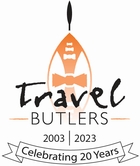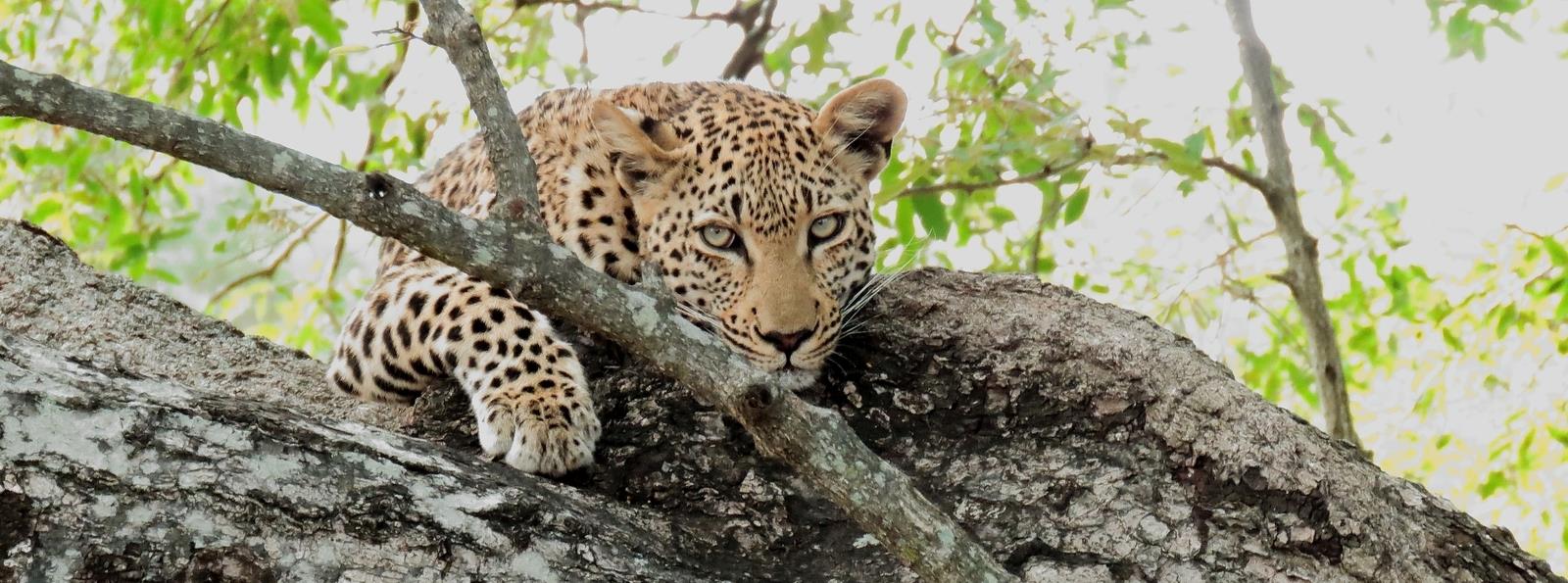A trip to Namibia is an adventure in itself. Namibia is a beautiful country, with endless highlights – the red sand dunes of Sossusvlei, the wild desert elephants in Damaraland, the stunning Etosha National Park … it is, however, a vast country, so it does involve a lot of driving – the average distance between destinations is 5 hours driving on gravel roads.
Windhoek – the capital of the country, and most visitors either begin or end their trip here for a couple of days, then head either northwards or southwards.
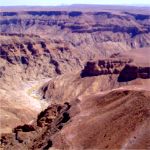 Fish River Canyon – situated between the Namib and Kalahari deserts, the only roads to it are across vast areas of flat and barren landscapes, sparsely populated with desert plants, quiver trees and cacti. As a result of this physical isolation, the whole place feels magical and unvisited, despite being a major tourist attraction. At 160 km in length, up to 27 km wide in places, and a depth reaching up to 550m, it is certainly hugely imposing and one of Southern Africa’s most stunning natural features.
Fish River Canyon – situated between the Namib and Kalahari deserts, the only roads to it are across vast areas of flat and barren landscapes, sparsely populated with desert plants, quiver trees and cacti. As a result of this physical isolation, the whole place feels magical and unvisited, despite being a major tourist attraction. At 160 km in length, up to 27 km wide in places, and a depth reaching up to 550m, it is certainly hugely imposing and one of Southern Africa’s most stunning natural features.
Aus – there are approximately 170 wild horses living wild in the Namib Desert near Aus, and there are many theories as to how the horses came to be here. The most likely one is that they are the descendants of the horses which were left behind when the German troops fled the area in 1915. The number fluctuates depending on the grazing conditions. After the rains, tiny green shoots sprout up through the desert floor, providing nourishment for the horses to help sustain them during the next long dry period.
Kolmanskop – Namibia’s most visited ghost town lies 10 km inland from Lüderitz. Once a bustling boom town built on the success of the diamond mining, now it is deserted except for the sand which is slowly engulfing the houses and buildings. It is truly a photographer’s dream.
 Sossusvlei – one of the oldest deserts in the world, and most famous for its huge red sand dunes, which are the most popular and visited tourist attraction in Namibia. The contrast between the clear blue skies, deep red dunes, and the cracked white base of the dry lakes (vleis) lends itself to some truly stunning photography, and climbing the easily accessible dunes to get a view over the spectacular ‘dune sea’ is unforgettable.
Sossusvlei – one of the oldest deserts in the world, and most famous for its huge red sand dunes, which are the most popular and visited tourist attraction in Namibia. The contrast between the clear blue skies, deep red dunes, and the cracked white base of the dry lakes (vleis) lends itself to some truly stunning photography, and climbing the easily accessible dunes to get a view over the spectacular ‘dune sea’ is unforgettable.
Swakopmund -Namibia’s busiest coastal resort town and offers a range of activities including quad biking, scenic flights and sandboarding.
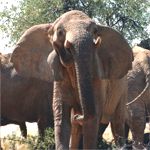 Damaraland – track desert elephants and rhinos, visit Twyfelfontein (now a World Heritage Site), or just enjoy the harsh beauty and ruggedness of north western Namibia.
Damaraland – track desert elephants and rhinos, visit Twyfelfontein (now a World Heritage Site), or just enjoy the harsh beauty and ruggedness of north western Namibia.
The Skeleton Coast – a fascinating area, but difficult to reach. You could drive yourself up along the coast or inland, but only limited operators can actually access the Park itself. Trips up here would be either done by fly-in, or overland safari, and can be very expensive, but worth every penny!
Etosha National Park – offering some of the finest wildlife viewing in Africa, and one of the undisputed highlights of any visit to the country. The Park is home to 114 different mammal species, including 4 of the Big 5 – leopard, lion, elephant and rhino (both black and white). The Park has recorded nearly 400 species of bird, and over 110 species of reptile, and is also home to 3 uncommon antelope species – the beautiful black-faced impala, the roan antelope, and Southern Africa’s smallest antelope, the Damara dik-dik, which stands only 40cm to the shoulder as a fully grown male adult.
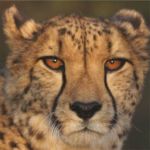 AfriCat Foundation – a non-profit organisation which aims for the long term conservation of large carnivores in Namibia. They rescue, relocate and even rehabilitate problem big cats, and try to raise awareness of the issues involved. Guests can become involved in the project, as some of the activities offered at Okonjima include leopard and cheetah tracking on foot.
AfriCat Foundation – a non-profit organisation which aims for the long term conservation of large carnivores in Namibia. They rescue, relocate and even rehabilitate problem big cats, and try to raise awareness of the issues involved. Guests can become involved in the project, as some of the activities offered at Okonjima include leopard and cheetah tracking on foot.
